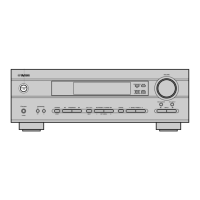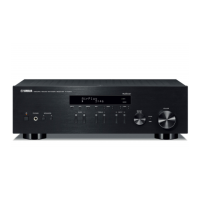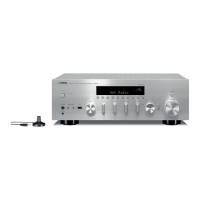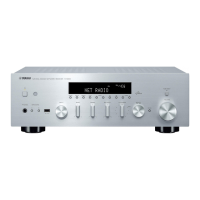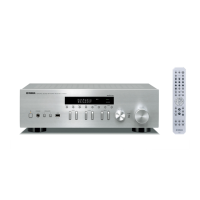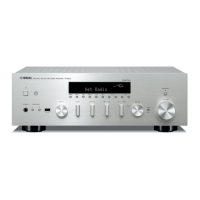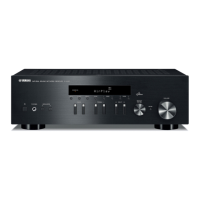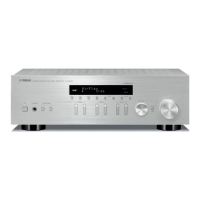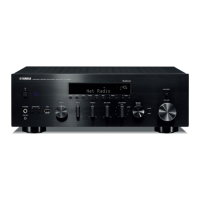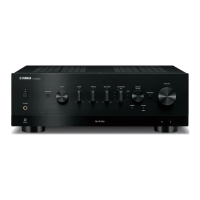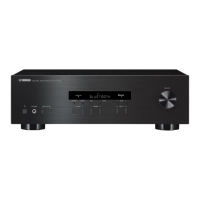What to do if Yamaha Natural Sound HTR-5630 Receiver fails to turn on?
- KKimberly SmithAug 20, 2025
If your Yamaha Receiver fails to turn on or enters standby mode shortly after being powered on, there are a few potential causes. First, ensure the power cord is securely connected. Second, check that all speaker wire connections are secure and not touching anything other than their respective connections, as the protection circuitry might have been activated. Finally, if the unit has been exposed to a strong external electric shock, set it to standby mode, disconnect the power cord, plug it back in after 30 seconds, and then use it normally.
